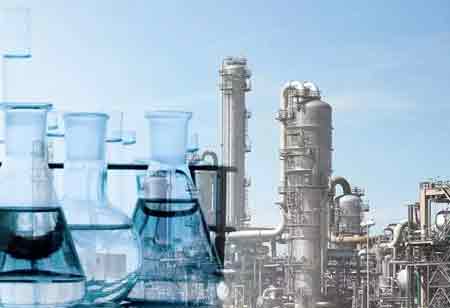Green chemistry is crucial to sustainable industrial practices. It reduces waste, enhances energy efficiency, and creates safer materials for a cleaner, healthier planet.
Fremont, CA: The need for sustainable practices across industries has never been more urgent in recent years. One of the key areas of focus in this global push for sustainability is the development and use of green chemicals. Green chemistry is the design and application of chemical products and processes that reduce or eliminate the use of hazardous substances, minimize environmental impact, and improve energy efficiency. This approach changes industries by providing cleaner alternatives to traditional chemical processes, thus contributing to a more sustainable future.
The development of green chemicals is based on the growing recognition that traditional chemical processes can often harm human health and the environment. Many conventional chemical processes involve toxic substances, excessive waste, and high energy consumption, contributing to pollution and resource depletion. In contrast, green chemistry seeks to create safer, more efficient alternatives that do not compromise performance but prioritize environmental and human health. It is highly driven by innovation in research and technology, and with the development of these chemicals, they have less adverse impact on ecosystems but meet commercial needs.
Green chemical development reduces hazardous waste generation by designing processes that generate minimal waste from the beginning. Through renewable feedstocks, chemical manufacturers can reduce reliance on petroleum-based products, contributing to environmental degradation. Additionally, green chemicals can be designed to degrade into nontoxic substances, eliminating long-term ecological contamination. This approach offers significant waste reduction advantages and fosters a sustainability culture within the chemical industry.
The idea is that green chemistry saves energy and optimizes reactions to allow work under milder conditions while saving energy and emissions from greenhouses. It's easier for industries to reduce their carbon footprints and aid climate change efforts effectively. Since chemicals produced using renewable sources will help enhance their environmental properties, focusing on alternatives can assist the global fight against climate change.
Green chemicals are indispensable in creating sustainable materials, mainly textiles, construction, and packaging. Green chemicals will offer biodegradable material alternatives, safer dyes, and nontoxic adhesives to reduce pollution and enhance the utilization of materials that can safely be recycled or composted, thus easing the load on landfills and waste disposal systems.
Green chemicals revolutionize the agricultural industry by producing environmentally friendly pesticides, herbicides, and fertilizers. Such nontoxic products maintain soil health, reduce water pollution, encourage organic farming practices, and contribute to the transition toward sustainable food production systems. Synthetic pesticides and fertilizers polluted water sources and harmed biodiversity before.
Despite all the advantages of green chemical development, there are still challenges to overcome. R&D costs may be relatively high, and switching to a greener alternative might require significant alterations in manufacturing processes. In addition, green chemicals have to compete with established conventional products, which could be challenging in a price-and-efficiency-driven market. However, as awareness grows among consumers regarding environmental issues and regulations get more stringent about chemical safety, the demand for green chemicals is expected to increase.

